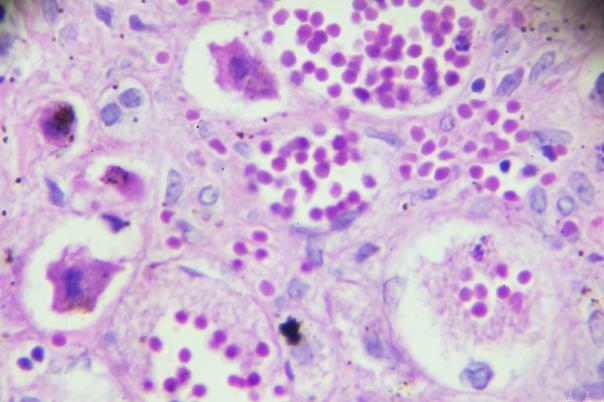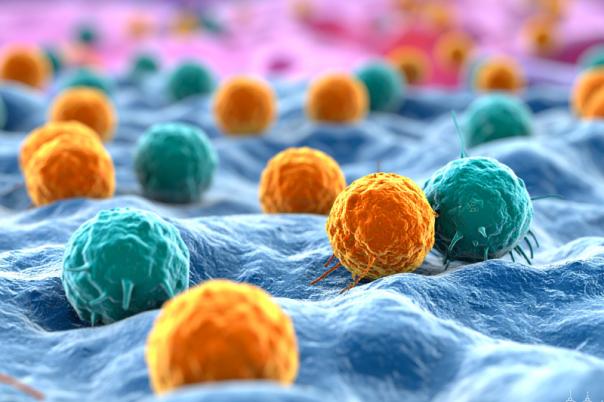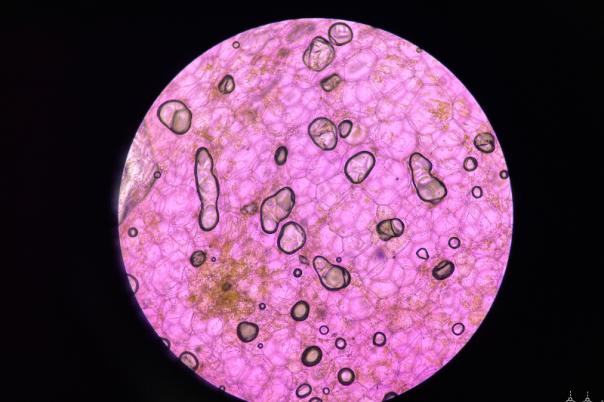Cancer diagnosis and treatment are challenged by tumour heterogeneity. Traditional diagnostic tools such as haematoxylin and eosin (H&E) staining and immunohistochemistry (IHC), although widely used, offer limited multiplexing capabilities and fail to provide a spatially resolved view of protein expression.
Charlotte Stadler, Co-Director of Spatial & Single Cell Biology Platform and Head of Spatial Proteomics, SciLife Lab, is an advocate for the power of immunofluorescence and multiplexing, arguing that scientists can gain novel insights into antibodies, using this technology. Stadler’s research has utilized over 24,000 antibodies generated as part of the Human Protein Atlas program to stain a broad range of tissue types at the subcellular level.
To generate highly multiplexed imaging data, the team relies on two key methods: the Phenocycler Fusion and the COMET platform. Stadler said that these tools complement one another. The vision is to use low-plex staining or H&E and apply and enhance these methods in a translational manner so that they can be taken beyond the discovery stage and leveraged in clinical settings, specifically in lung cancer diagnostics.
A proof-of-concept project aims to apply multiplexing methods in clinical settings for lung cancer diagnostics. Stadler suggested that combining all relevant diagnostic markers in one panel will streamline the process. Furthermore, this idea is being tried and tested in different cancer types. For instance, another project is investigating how multiplex imaging can guide treatment selection on muscle-invasive bladder cancer. The goal of the study was to uncover the spatial signatures of responders and non-responders to immunotherapy using a 38 Plex panel.
A case example presented involved non-small cell lung cancer (NSCLC), where spatial proteomics was employed to profile immune cell infiltration and checkpoint protein expression (e.g., CD8+ T cells and PD-L1). This approach allowed for more precise patient stratification and improved prediction of response to immune checkpoint inhibitors. Stadler explained that compared to conventional IHC, spatial proteomics provides a far more detailed, multiplexed, and spatially aware analysis, offering clinicians a powerful new tool for evidence-based decision-making.





